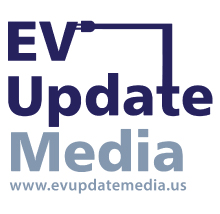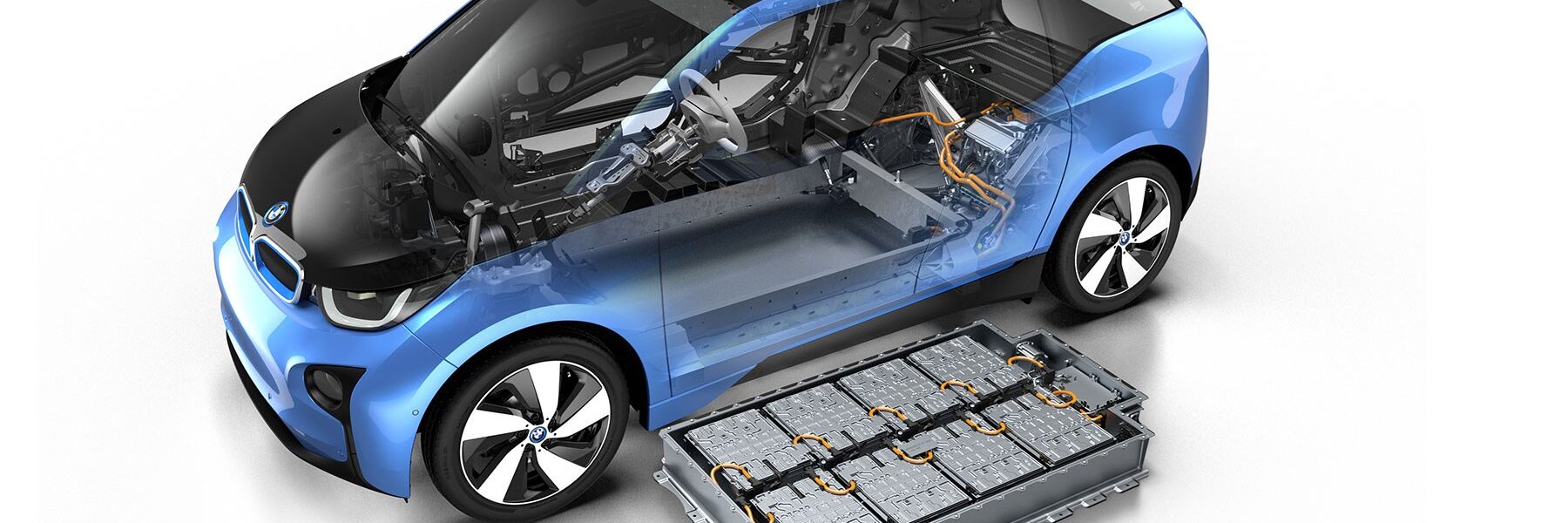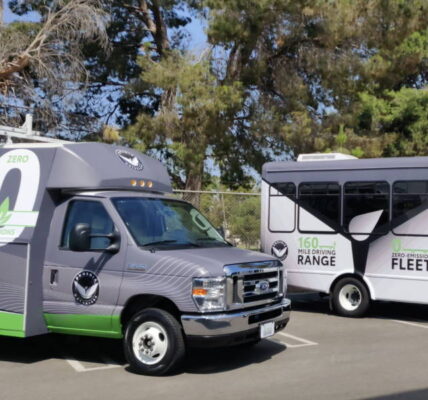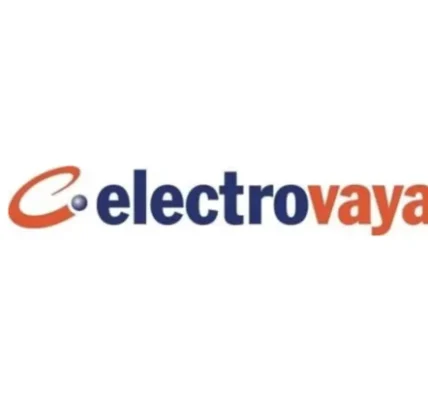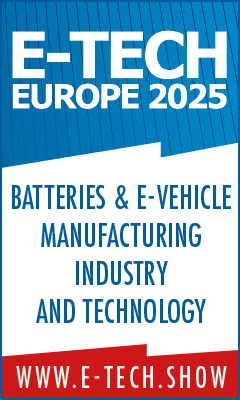The White House’s National Blueprint for Lithium Batteries aims to improve sourcing of raw materials, support domestic processing, and encourage reuse and recycling.
The blueprint predicts a tenfold market increase for batteries over the next decade and it emphasises collaboration with academic institutions, national laboratories, industrial stakeholders, and international allies.
The US has much higher supplies of lithium than nickel and cobalt, which are still mostly sourced from China. Developing lithium supply chains will reduce exposure to risks in the region, whether environmental, social or political.
The Bipartisan Infrastructure Law, which set aside $7.5bn to build EV charging stations across the US, was further bolstered last week by an additional $2.8bn investment across 20 companies to build new commercial-scale battery production and processing facilities, as well as develop lithium production to supply over 2m vehicles yearly.
Last year, the Joe Biden administration provided tax credits for up to $7,500 for people to buy new EVs or fuel-cell vehicles made in America, as well as signing an executive order for all new cars and trucks sold by 2030 to be electric. The administration said EV sales had tripled since Biden came to power.
The blueprint’s five key goals are:
- Secure access to raw and refined materials.
To do so the US will need to partner with allies and partners both domestic and international particularly for critical minerals such as lithium, nickel and cobalt. Ensuring a sustainable supply will require support for research and development, as well as for mining efforts. Federal policies should aim to ensure the resilience of these supplies.
In the long term, research should aim to discover alternatives for critical minerals for commercial and defence applications to end reliance on nickel and cobalt in lithium-ion batteries. Improved recyclability may be one way to do this – the circular battery economy will reduce external dependencies.
- Support the growth of a US materials-processing base.
Incentivising and supporting this growth will help to scale up materials processing innovation and further increase resilience. Decreasing cost and improving performance will follow and help to diversify supply chains away from nickel and cobalt.
- Stimulate the US electrode, cell, and pack manufacturing sectors.
Promoting development of these sectors will also encourage swift adoption of battery standards for defense, EV and grid applications. Supporting companies developing these industries will require policy frameworks, which will help companies to improve costs on pack manufacturing, component and design innovation, and assembly techniques.
- Enable US end-of-life reuse and critical materials recycling.
To ensure ease of second use and recycling, the US aims to develop new processing technology, new recycling methods, and federal recycling policies to promote reintroduction of used materials into supply chains. In the long term this will require incentives for increased consumer recycling.
- Maintain and advance US battery technology leadership.
Supporting scientific R&D, STEM education and workforce development will help the US to maintain battery technology leadership, improve domestic capacity, and enable engagement with international allies.
Other funded projects supporting EV supply chains include:
- Developing enough battery-grade graphite to supply approximately 1.2m EVs annually;
- Producing enough battery-grade nickel to supply approximately 400,000 EVs annually;
- Installing the first large-scale, commercial lithium electrolyte salt production facility in the US;
- Developing an electrode binder facility capable of supplying 45% of anticipated domestic demand for EV batteries in 2030;
- Creating the first commercial scale domestic silicon oxide production facilities to supply materials for an estimated 600,000 EV batteries annually;
- Installing the first lithium iron phosphate cathode facility in the US.
